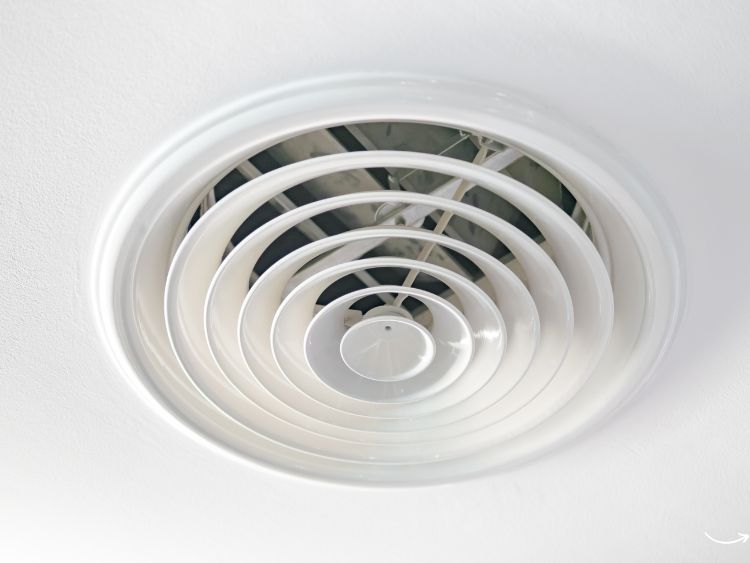Ever found yourself in a room where the air feels stale and stagnant? Maybe you’ve struggled to keep your home cool in the summer or warm in the winter. If so, you’re not alone. Proper ventilation is crucial for maintaining a comfortable and healthy living environment, and that’s where ace ventilation comes in. In this guide, we’ll dive into the world of ace ventilation, exploring its benefits, how it works, and why it’s essential for your home or office. So, buckle up and let’s breathe easy!
What is Ace Ventilation?
Ace ventilation refers to top-tier, efficient airflow systems designed to improve air quality, regulate temperature, and enhance overall comfort. These systems are engineered to ensure that fresh air circulates while removing contaminants and excess moisture. Whether it’s a residential or commercial setting, ace ventilation can make a significant difference in indoor air quality.
The Importance of Ventilation
Health Benefits
One of the primary reasons to invest in ace ventilation is for health. Poor indoor air quality can lead to a host of problems, including allergies, asthma, and other respiratory issues. By ensuring proper ventilation, you can reduce the concentration of pollutants and allergens, leading to a healthier living space.
Comfort and Energy Efficiency
Ace ventilation systems also play a crucial role in maintaining a comfortable indoor environment. They help regulate temperature and humidity levels, making your home or office more pleasant. Moreover, efficient ventilation can reduce energy consumption by optimizing heating and cooling systems, ultimately lowering your utility bills.
How Ace Ventilation Works
Natural Ventilation
Natural ventilation relies on passive methods, such as windows and vents, to allow fresh air to enter and stale air to exit. It’s a cost-effective way to improve airflow but may not be sufficient in all situations, especially in areas with extreme weather conditions.
Mechanical Ventilation
Mechanical ventilation systems use fans, ducts, and other components to control air movement. These systems can be tailored to specific needs, providing consistent and reliable airflow regardless of external conditions. Types of mechanical ventilation include:
- Exhaust Ventilation Systems: These systems use exhaust fans to expel indoor air, creating a negative pressure that draws in fresh air from outside.
- Supply Ventilation Systems: These systems introduce fresh air into the building, creating a positive pressure that forces stale air out.
- Balanced Ventilation Systems: Combining both exhaust and supply methods, balanced systems offer optimal airflow and air quality.
Components of Ace Ventilation Systems
Fans and Blowers
Fans and blowers are the heart of any mechanical ventilation system. They move air in and out of the building, ensuring a constant flow of fresh air. Different types of fans include axial, centrifugal, and mixed-flow fans, each suited for specific applications.
Ductwork
Ducts are channels that distribute air throughout the building. Properly designed and installed ductwork is essential for efficient ventilation. Leaky or poorly insulated ducts can lead to energy loss and reduced air quality.
Air Filters
Air filters remove particles and contaminants from the air, improving indoor air quality. Regular maintenance and replacement of filters are crucial to ensure the system operates efficiently.
Ventilation Controls
Modern ace ventilation systems often come with advanced controls, allowing you to adjust airflow, temperature, and humidity levels. These controls can be manual or automated, providing convenience and efficiency.
Benefits of Ace Ventilation
Improved Air Quality
By removing pollutants and allergens, ace ventilation systems create a healthier indoor environment. This is especially important for individuals with respiratory conditions or allergies.
Energy Savings
Efficient ventilation systems help regulate indoor temperatures, reducing the need for heating and cooling. This leads to significant energy savings and lower utility bills.
Moisture Control
Excess moisture can lead to mold growth and structural damage. Ace ventilation systems help control humidity levels, protecting your home or office from potential issues.
Noise Reduction
Properly designed ventilation systems can also reduce noise levels by minimizing the need for noisy fans and HVAC systems.
Choosing the Right Ace Ventilation System
Assess Your Needs
Before selecting a ventilation system, assess your specific needs. Consider factors such as the size of the building, the number of occupants, and any specific air quality concerns.
Professional Consultation
Consult with a professional to determine the best ventilation solution for your space. An expert can conduct an assessment and recommend a system that meets your requirements.
Installation and Maintenance
Proper installation is crucial for the system’s efficiency and longevity. Regular maintenance, including cleaning and replacing filters, ensures optimal performance and air quality.
Frequently Asked Questions
Q: What is the difference between natural and mechanical ventilation? A: Natural ventilation relies on passive methods like windows and vents, while mechanical ventilation uses fans and ducts to control airflow.
Q: How often should I replace the air filters in my ventilation system? A: It’s recommended to replace air filters every 3-6 months, but this can vary depending on the system and usage.
Q: Can ace ventilation systems help reduce energy costs? A: Yes, by regulating temperature and humidity levels, ace ventilation systems can reduce the need for heating and cooling, leading to energy savings.
Q: Is professional installation necessary for ace ventilation systems? A: Yes, professional installation ensures the system is set up correctly and operates efficiently.
Conclusion
Ace ventilation is more than just a buzzword; it’s a critical component of a healthy and comfortable living environment. Whether you’re looking to improve air quality, save on energy costs, or protect your home from moisture damage, investing in an ace ventilation system is a wise choice. By understanding the different types of systems and their benefits, you can make an informed decision that enhances your indoor space. So, why wait? Take a deep breath and embrace the fresh air with ace ventilation!







